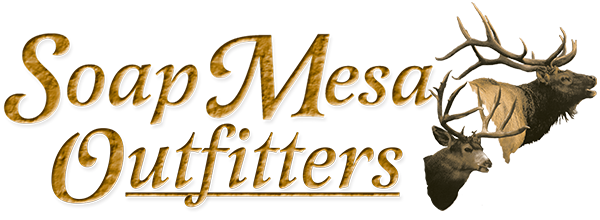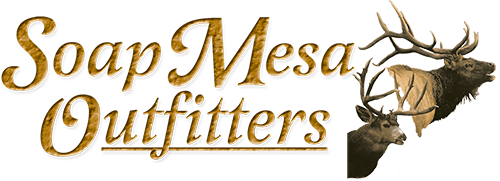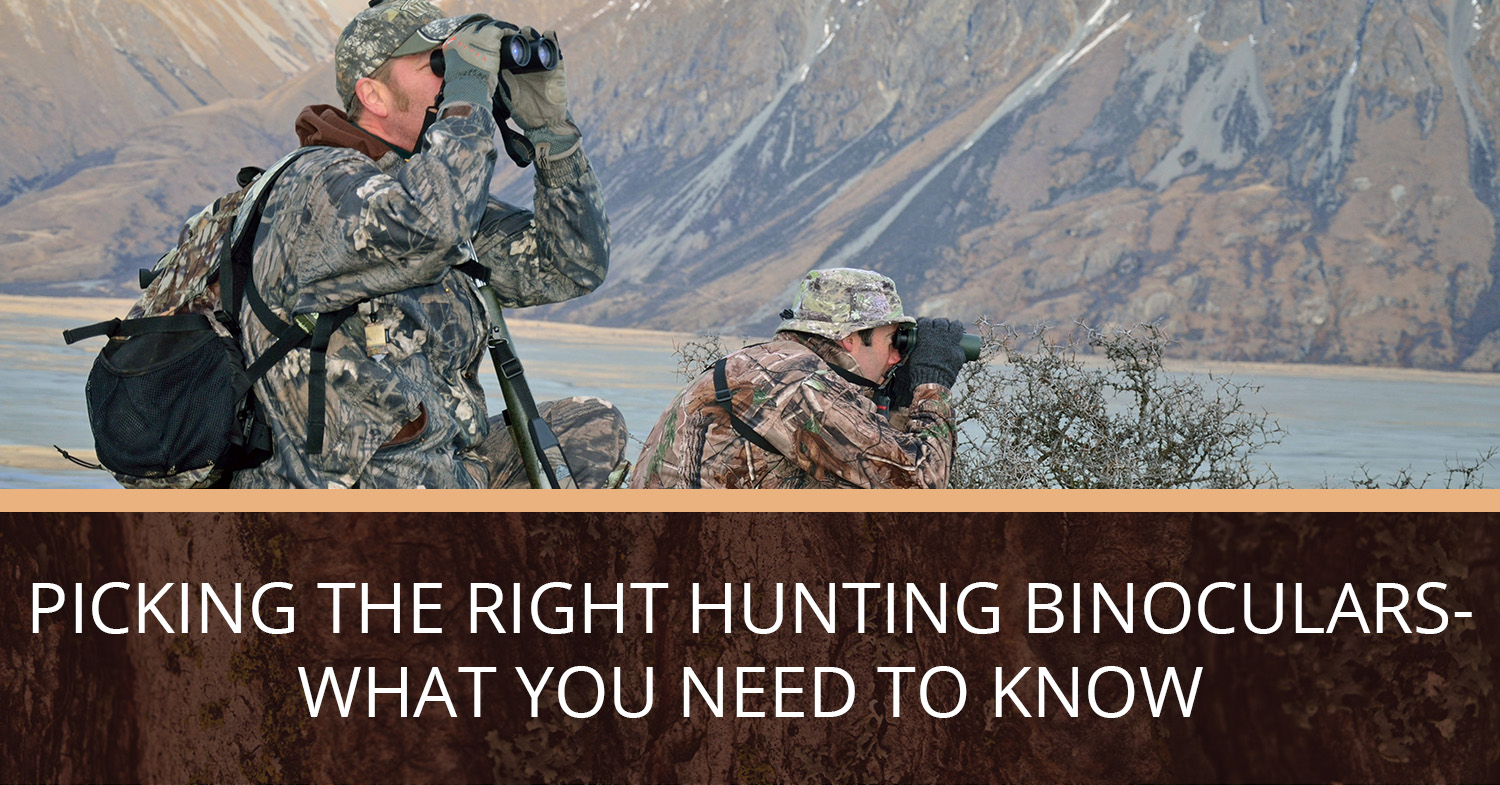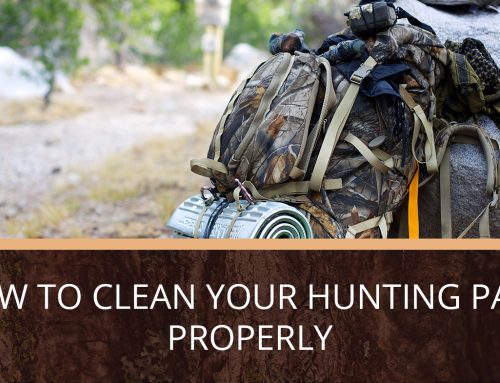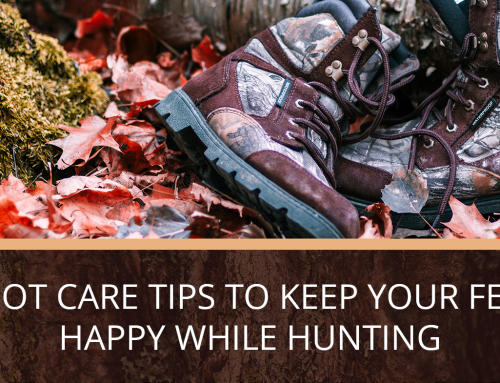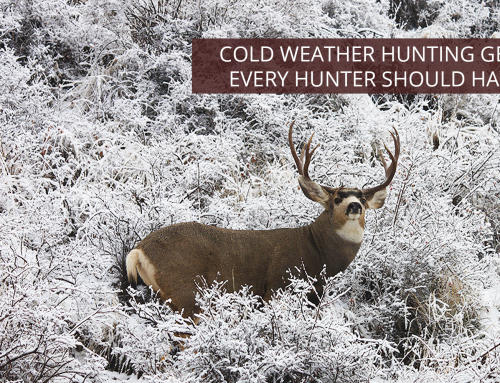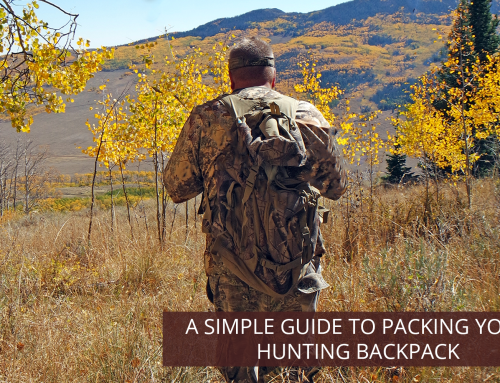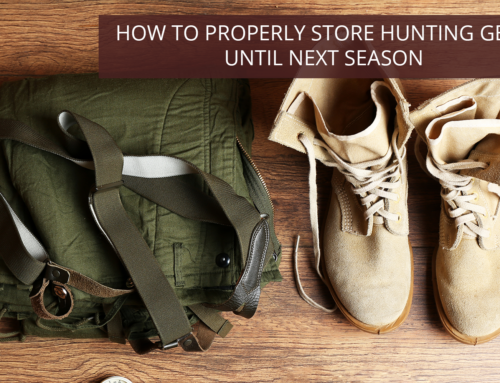A good pair of hunting binoculars is one of the most basic hunting tools. If you’re looking to buy your first pair, here are a few key factors you need to consider when picking them out.
Durability
Hunting can be rough on equipment, and your binoculars are no exception. So it’s important for your hunting binoculars to be durable. One good whack can knock your pair out of alignment, making them useless.
Not every brand is created equal, and price alone can’t guarantee durability. But it does play a part. When you drop into bargain prices, you’ll see why other hunters tend to spend a little more on their binoculars. To find the most durable pair, take a look at the variety of materials that they’re constructed of. Many binoculars have rubber exteriors that act as armor against bumps and poundings. Some will also include features like waterproof seals and fog proof guarantees. These are the essentials, and you should always look for these features when shopping for hunting binoculars.
Magnification
Magnification, of course, is the magnifying power of the binoculars. For example, a pair of 10x binoculars produce an image as if the view were 10 times closer to the object. For 8x magnification, it will produce an image as if the view were 8 times closer. The magnification is always the first number in a binocular description, such as 10×40.
It may seem logical to think the highest-power binoculars are the best, but usually the higher the power, the more sensitive binoculars are to small movements. Very high power binos can be harder to use for some hunters. For most hunters under normal conditions, 8x to 10x should do just fine.
Objective Lens
The objective lenses are the large lenses on the front of a pair of binoculars. This is also the second number in the description, so the “40” in a set of 10×40 binoculars.
Typical sizes for objective lenses are 25 – 28 mm for compacts, about 30 mm for mid-sized units, 40 – 42 mm for full-sized binoculars, and 50mm and higher for long-range models. The lens size is related to the amount of light a lens will gather. That means the bigger, brighter, is better right? Nope – it’s sort of a similar situation to magnification power. Bigger or higher isn’t always the best. For objective lenses, the bulkier the lenses, the heavier the binos. It makes carrying a super heavy device while hunting in the field cumbersome and tiring.
Glass Coating
Coating on the binocular lenses is also an important consideration. Coatings are critical to how well you can see faraway animals through your binoculars. Good lens coatings reduce light reflection off the glass surface to help enhance the image. With uncoated lenses, light transmission from objective to ocular lenses might be less than 70%. Good lens coatings can raise that to 95%. Coating are in categories and include:
- Fully coated: all lenses and glass surfaces have a coating layer.
- Coated: at least one major optical element has a coating on at least one surface.
- Muti-coated: at least one major optical element has multiple coatings on at least one surface.
- Fully multi-coated: all glass surfaces have multiple coatings. This coating results in 90-95% light transmission.
Hunting binoculars with fully multi-coated lenses is the best option if you can afford them, but a pair that has any glass coating will do great.
Field of View
Another essential aspect of choosing hunting binoculars is the field of view. This is the width of view that you can see through the binoculars without moving them. Magnification is partially responsible for determining a set of binoculars’ field of view, so be mindful of that when picking a pair out.
A wide field of view makes it easier to see more of the surrounding area, making it easier to spot animals without moving your binos. A narrow field of view makes it easier to get a closer look at an animal once located. There isn’t one field of view that’s better than the other as they offer different benefits. For a first-timer mule deer or elk hunter, though, a wider field of view might be more helpful to start out with.
Steadiness is Clarity
It’s all in the title. There are two ways to help avoid shake: finding the right size and/or getting a tripod.
Finding the right size means picking something that works but also isn’t too heavy to carry around all day. For elk and mule deer hunting, you’ll need a balance of power and size. Remember that if you choose something with larger objective lenses, you’ll have a heavier pair of binoculars. And if you choose a higher magnification power, your field of view will be narrower, and the image will be affected by shakiness.
If you want the ultimate stability helper, get a tripod for your binoculars. With the stable platform, you’ll start noticing small movements in the surrounding landscape that would have escaped your notice with a freehand hold. For example, the slight twitch of a buck’s ear in the shade of a tree. This is extra gear you’ll have to carry around, but if you don’t mind that, then it’s a great addition to your hunts.
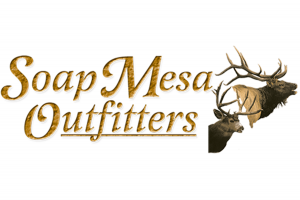
At Soap Mesa Outfitters, we’ll show you Colorado hunting at its best.
Let’s Get Hunting
We hope this article helps you pick out the right hunting binoculars for your next hunting trip. If you’re looking to hunt elk or mule deer with professional guides in the mountains of Southwest Colorado, we’d love to be an option you consider. At Soap Mesa Outfitters, we offer quality guided hunts on our 3500-acre private ranch that overlooks Blue Mesa Reservoir. Not to mention we also have a National Forest Permit, which provides an additional 8000+ acres with utter seclusion due to its limited access. Let us show you what you’ve been missing.
